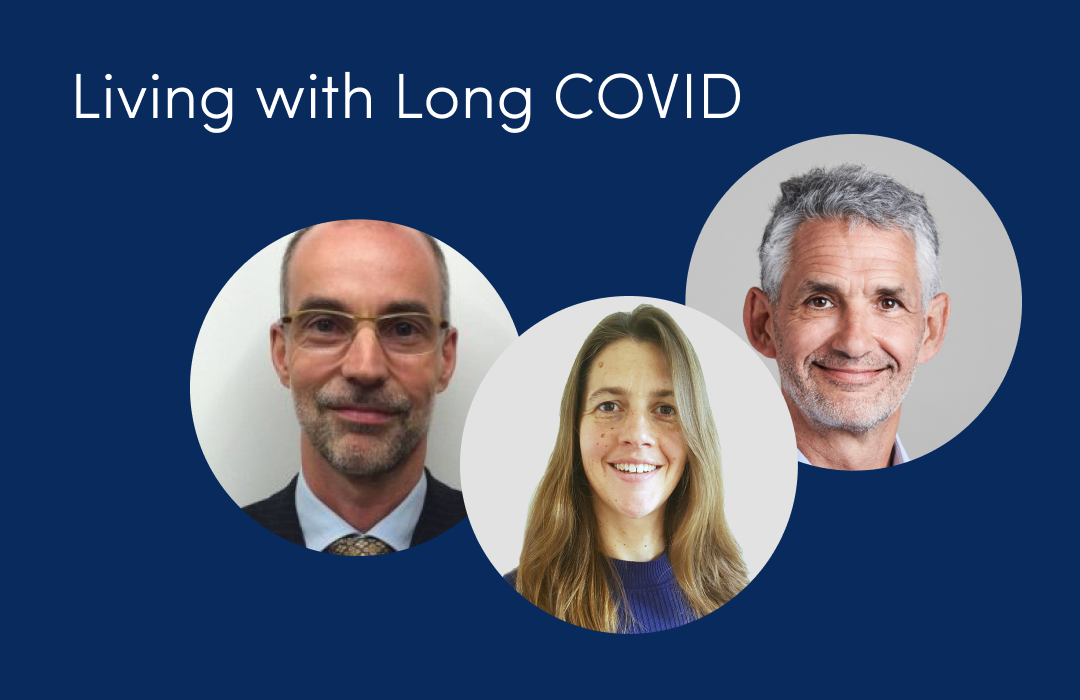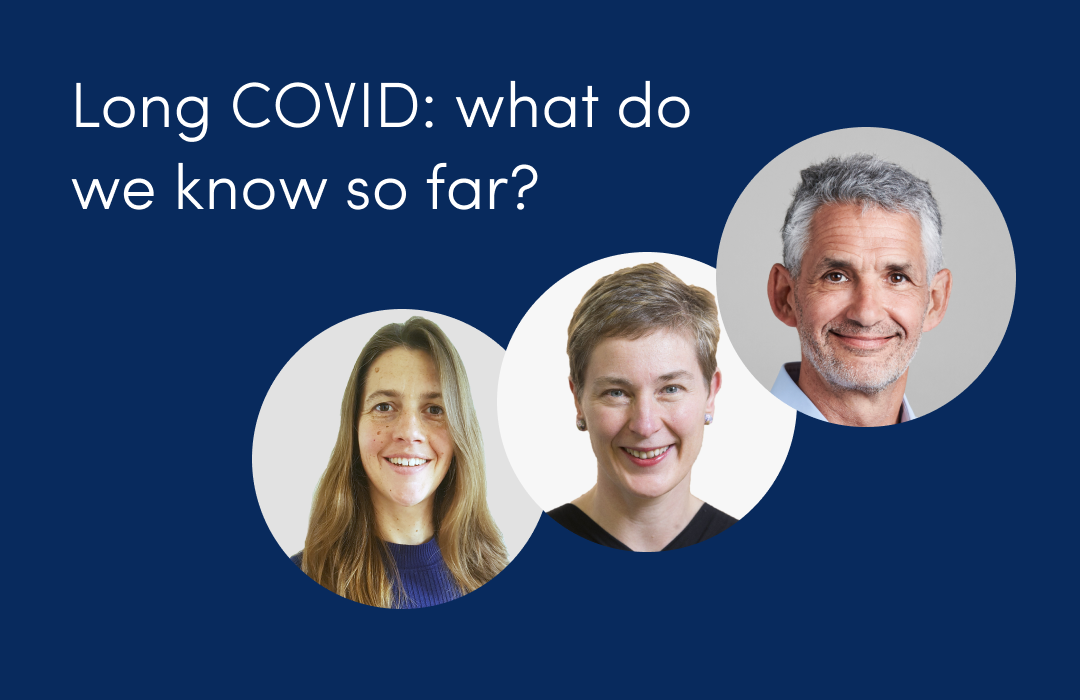
New daily COVID infections fall by half
June 11, 2020

This article has not been updated recently
New COVID cases continue to fall across the UK, with cases dropping by almost half in a week
According to the latest COVID Symptom Study app figures based on positive swab tests there are now just below 5,000 daily new cases of COVID across the UK (excluding care homes) [*], this number has fallen by almost a half (47%) from the 9,400 figure last week, suggesting the current COVID trend in the UK is much more positive than currently thought. The figures were based on 12,872 swab tests from 24 May to 6 June 2020 and extrapolated to the wider population.
In England, the number of daily new cases fell in all the regions, including 49% in the North West (820 from 1608), a drop of 46% in the South East (365 from 674) and a drop of 43% in the South West (162 from 284). The North East and Yorkshire is still the area of the country with the highest incidence rates, but the number fell from 1,965 to 1,275 a reduction of 35%, suggesting that the situation is improving.
The numbers of new cases estimated daily in England (4,523) is similar to that estimated last week (5,570) from the latest ONS household survey that also uses swab testing.
In London, whilst the number of cases is still lower than in the north of England, they fell by 27% this week. Examining the data over the last month suggests that the drop in cases has been slower than other regions.
These results are based on a sub-group of 1,015,546 people using the COVID Symptom Study app, of whom 12,872 carried out swab tests after an invitation from ZOE when they began to feel unwell and 108 tested positive. These figures give an up to date view of COVID infection rates, unlike deaths which lag by about 3 weeks.

Cambridge University and PHE reported earlier in the week that based on models linked to hospital admissions and deaths, R was above one in some parts of the UK but according to swab-based population data from the COVID Symptom Study app, R is below one in all regions, although the confidence limits are wide in some areas.
- England R = 0.8 [0.6, 1.0]
- The North R = 0.7 [0.4, 0.9]
- Midlands R = 0.9, [0.6, 1.1]
- London R = 0.9 [0.5, 1.1]
- East of England R = 0.9, [0.6, 1.1]
- The South R = 0.7, [0.3, 1.0]
These R figures were calculated using over one million people in the community logging regularly combined with swab testing of a subset, as described above, in contrast to other models using the smaller and delayed number of deaths. This method of calculating R uses a wider community population and is more current than seen in models using deaths. We derive R by combining our incidence estimates with known values for the serial interval of the disease, which is the expected number of days between successive transmissions in a chain of infection.
Tim Spector, Professor of Genetic Epidemiology at King's College London, comments:
“Although we should not rely on single sources of data, and the estimates are approximate for the regions, It is really encouraging that overall we are seeing a significant and consistent decline in the number of cases across the UK, particularly in the North, which tell us that the vast majority of the British public are continuing to be really careful.
However, we should urge caution when it comes to the easing of the lockdown measures, especially in cities like London. Whilst the numbers are falling, thousands of cases of COVID are still very much in the population so measures such as social distancing, regular swab testing, wearing of gloves and face masks in public and maintaining high levels of personal hygiene should be followed closely if we want to keep the numbers low going forward.”
An update from Professor Tim Spector
Additional notes:
[*] This analysis requires swab testing, which was kindly provided by the Department of Health and Social Care for England. As Scotland and Wales are not yet offering tests to app users, we provided indirect estimates using countrywide averages and wide confidence limits. Testing is happening in Northern Ireland, but the number of participants is too few to generate an accurate estimate. These figures exclude care homes as there is not enough data from the app to estimate this population.












.png)


.jpg)














.png)







%202.png)
.png)


















.png)






